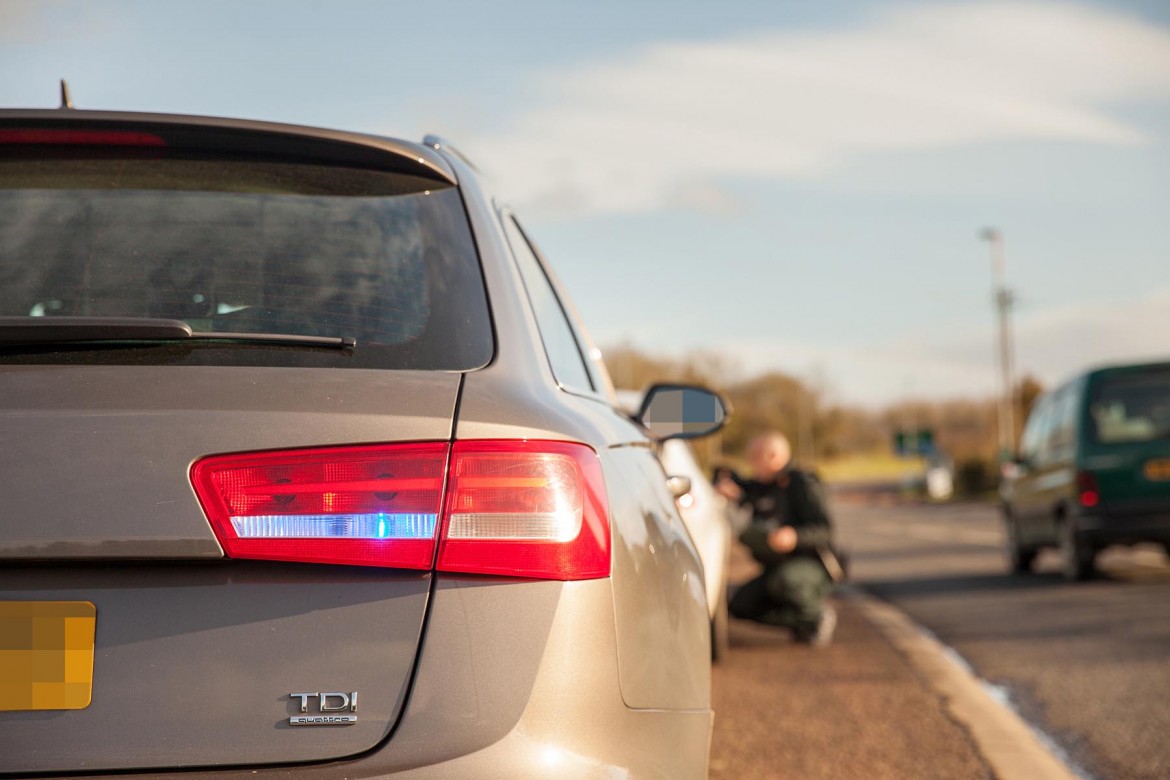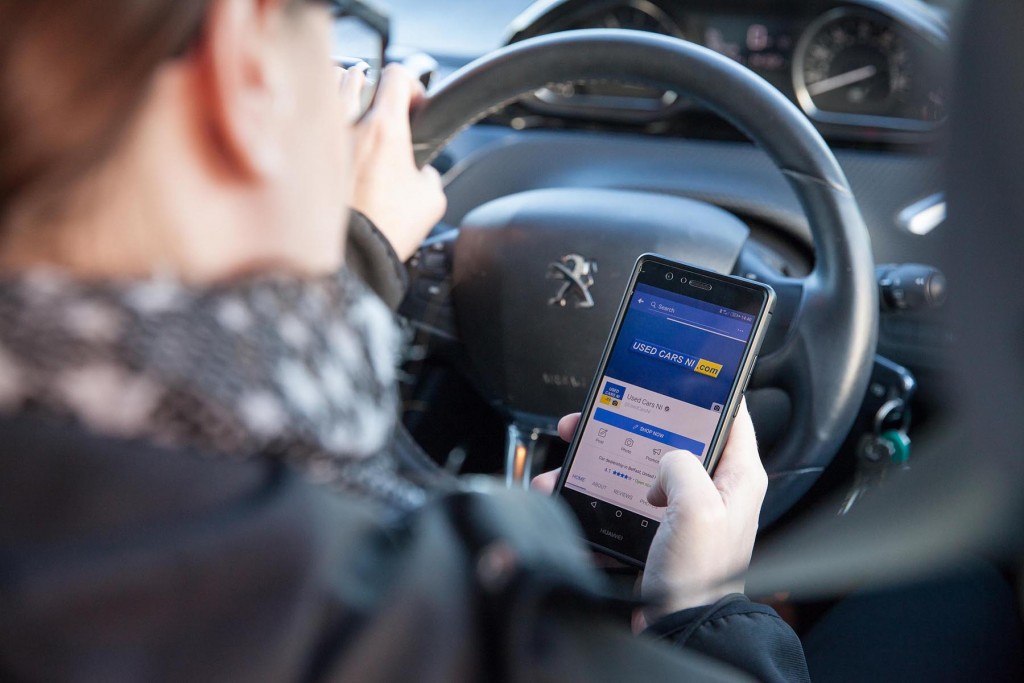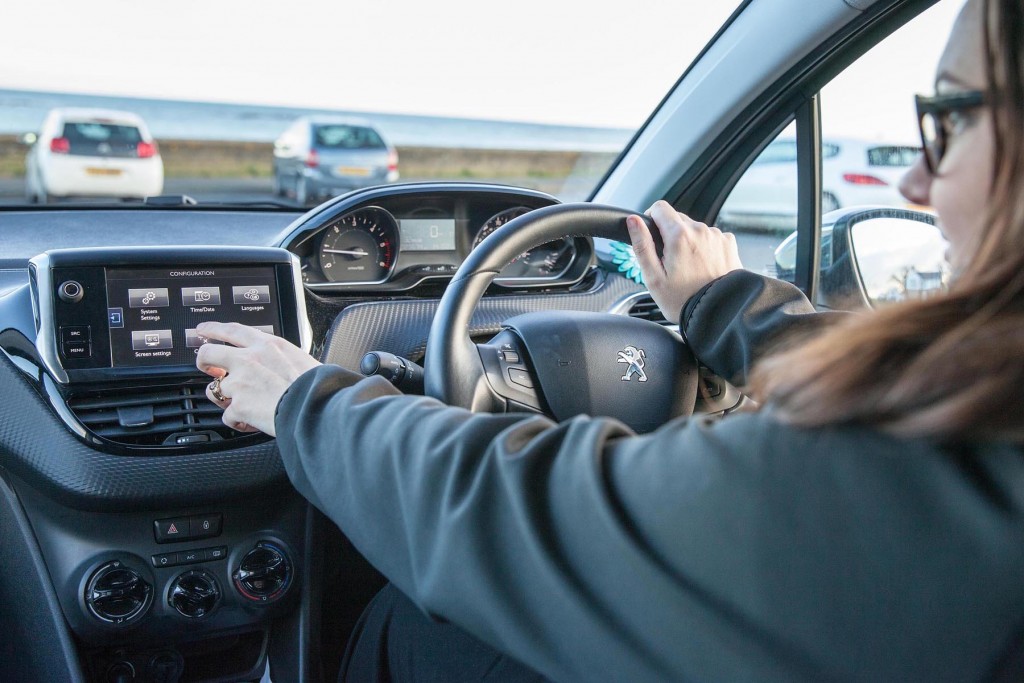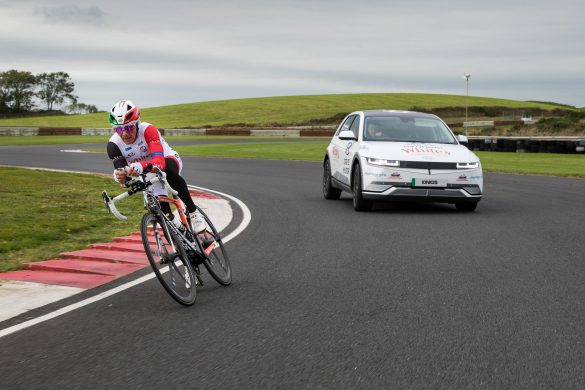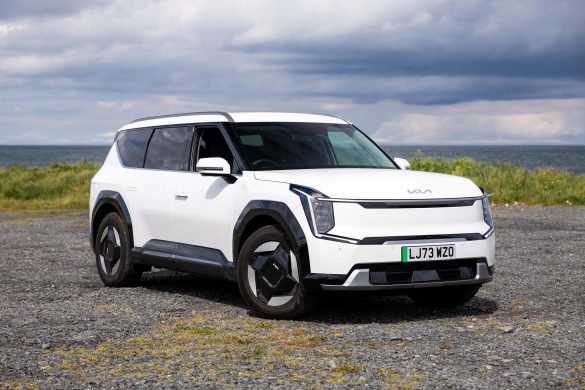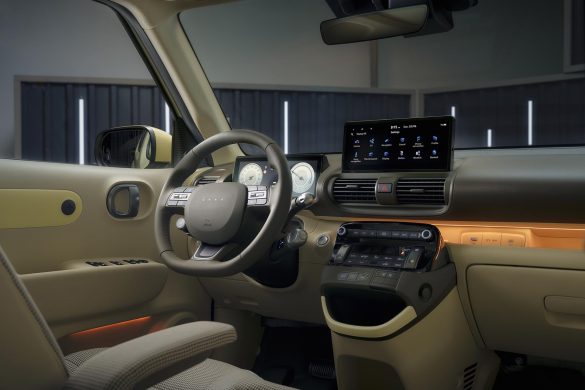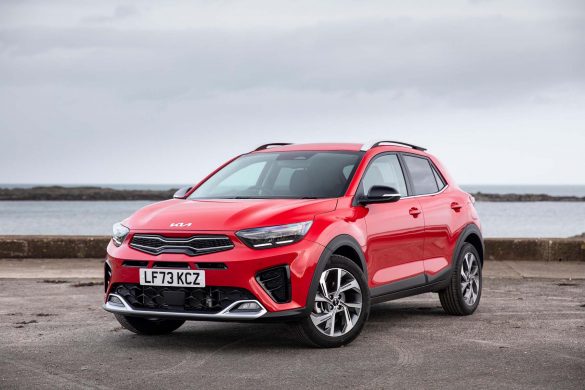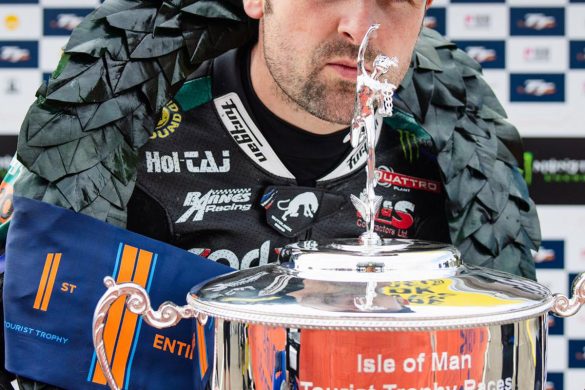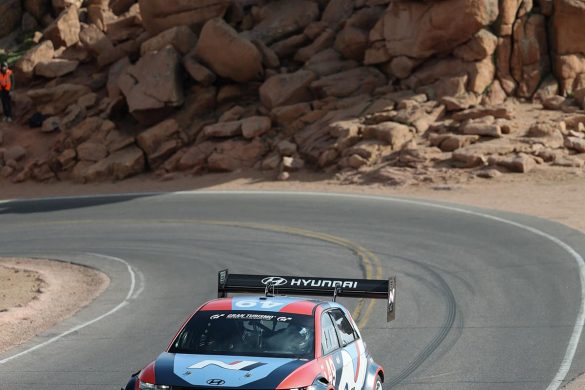Welcome to the penultimate of our road safety articles, aimed at highlighting issues seen daily on our roads in the hope that you, the reader, take on-board the info and act upon it to make our roads a safer place.
Carelessness is a daily occurrence on the roads, be it phone and sat-nav usage, tachograph offences, construction and use offences, speed, tailgating, reading dispatch notes / work related paperwork, doing make-up, changing clothes, looking through bags in passenger foot-well, eating and drinking, texting and social media, streaming music and playlists, arguing with passengers and conversely being amorous!!
The above list is one compiled by myself alongside what Constable A and Constable B see on a regular basis. Some of which I am confident most of us are guilty of on the odd occasion, some of which a vast amount will be guilty of on a regular basis and some of which that will make most of us say ‘no way’ in sheer disbelief.

Expect to get stopped and spoken to if you break the law – like this Porsche test vehicle from the factory in Germany that was testing new safety systems on our roads, at unsafe speeds – ironic, eh…
Well believe it, as everything mentioned above, happens on a regular occurrence on our roads and every single point is enough to lead to prosecution, or worse. By worse I mean cause death or serious injury to yourself, your passengers or other road users due to such carelessness!
Although careless driving doesn’t carry imprisonment, it doesn’t take much more than an incident to happen whereby someone gets killed or seriously injured for it to then be classed as dangerous driving, this charge does carry imprisonment as well as unlimited fines and you will lose the books for a minimum of two years.
Dangerous driving can be any of the following; racing, going too fast, or driving aggressively. Ignoring traffic lights, road signs or warnings from passengers and overtaking dangerously. Driving under the influence of drink or drugs, including prescription drugs as discussed in a previous article. [READ PART THREE HERE]
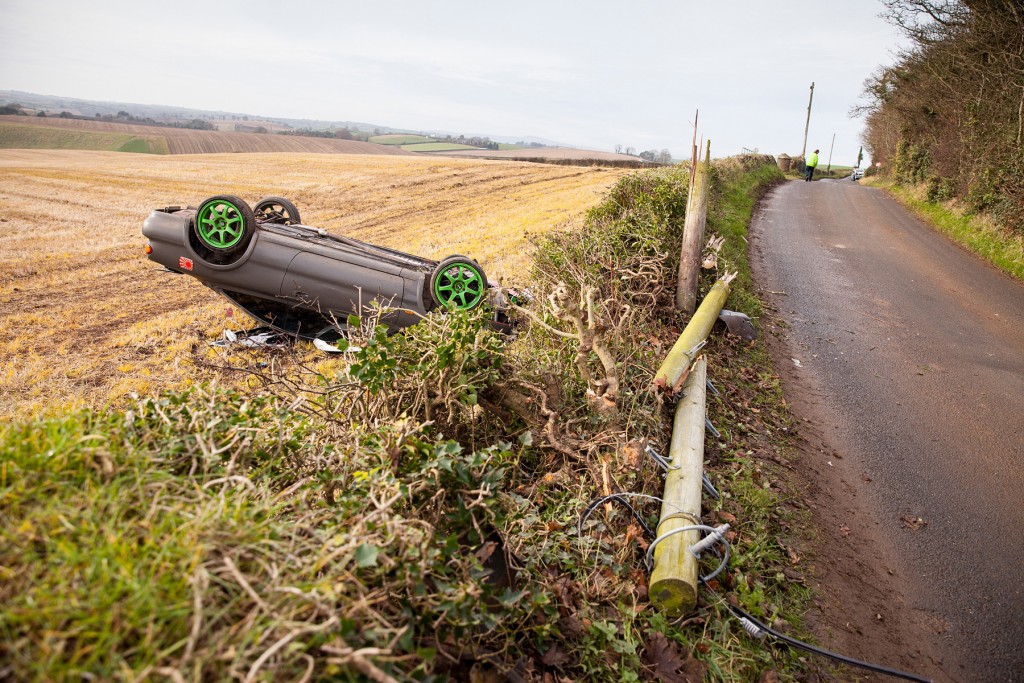
Exact cause of this RTC under investigation | Picture for reference of what careless driving can end up looking like…
Driving whilst knowing the vehicle has a dangerous fault or an unsafe load also falls under dangerous driving, we covered some of this in another article, [READ PART TWO HERE] as well as driving whilst distracted by, for example, reading a map, using a hand-held phone, lighting a cigarette
Phone distraction is one of the biggest causes for concern on our roads however; no matter if you are nipping to the local convenience store for a pint of milk or embarking a European road-trip, I guarantee you will see someone using their phone whilst at the wheel.
When driving or riding a vehicle, you should not use or be distracted by your mobile phone. If you use your mobile phone when driving or riding a vehicle, you’ll risk prosecution.
It is illegal to drive a vehicle or ride a motorbike while using a hand-held mobile phone or a similar device like a PDA. It’s also illegal to use a hand-held phone when supervising a learner driver or rider.
Hands-free phone kits, despite being the best option for you to take and make calls, can also be a distraction and you’ll risk prosecution for not having proper control of your vehicle when using one, if possible always use voice recognition to make and receive calls if needed.
If, while driving, you pick up or use any type of phone or PDA that must be held, you will be breaking the law. This means you should not use your mobile phone; when you are stopped at traffic lights, when you are queuing in traffic, to make or receive calls, to send or receive picture and text messages or indeed to access the internet.
If you are an employer, you can be prosecuted if you ask employees to make or receive calls while driving. Callers play an important role. If you ring someone on their mobile phone who turns out to be driving when they answer, say you’ll call them later and hang up.
There are some instances when you can use your mobile phone in a vehicle as follows; to call 999 in response to a genuine emergency where it is unsafe or impracticable to stop, if you are safely parked and if you are a passenger.
If you are caught using a hand-held mobile phone or similar device while driving or riding, you’ll get an automatic fixed penalty notice of three penalty points and a fine of £60 however if your case goes to court, you may face disqualification on top of a maximum fine of £1,000.
Drivers of buses and goods vehicles face a maximum fine of £2,500
In-car media is another area for concern as so many modern cars come with built-in sat-nav, Bluetooth, media streaming and phone mirroring technology. In many cars, even the cockpit controls such as air conditioning, heated screens and heated seats etc are only adjustable via the touch screen.
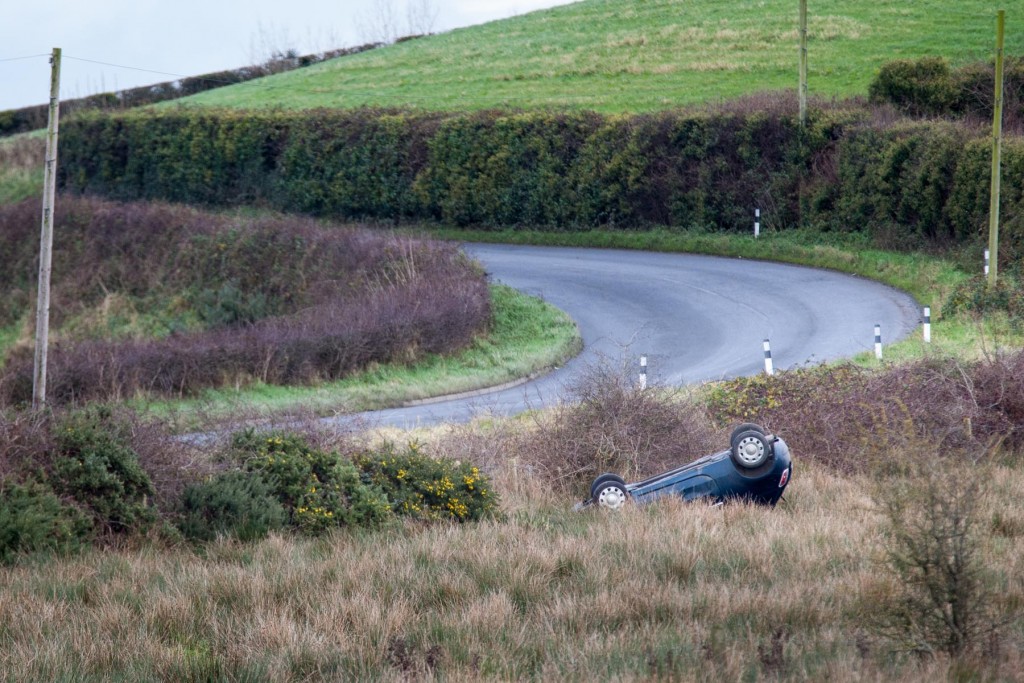
Exact cause of this RTC unknown | Picture for reference of what distraction driving can end up looking like…
By doing this, the manufacturers aren’t helping the case of distraction driving, yes OK, it may be amazing for the car to read aloud a received text or email, however when it allows such info to be displayed on the large screen built into the dash, you are naturally going to take your eyes off the road to see the data.
This is not a clever thing to do, nor is it, to browse apps and music folders to find the nearest fuel station or greatest hits as by the time you have found your greatest hit, you could have drifted off your lane and touched a grass verge which results all too often, in a scene like that shown just above.
Never program a sat-nav whilst at the wheel, pull into a safe area, stop the vehicle and spend an extra few minutes to be sure you get to your destination safe. During my day with the PSNI Road Policing crew I witnessed two HGV’s breaching lane laws due to phone/sat-nav usage.
One driver in particular, due to having cruise control active, thought it was safe to sit behind the wheel with one foot on the dash and browse the internet on their phone – this folks is what we are up against on a daily basis – WISE UP!
Words and Photos: Graham Baalham-Curry
